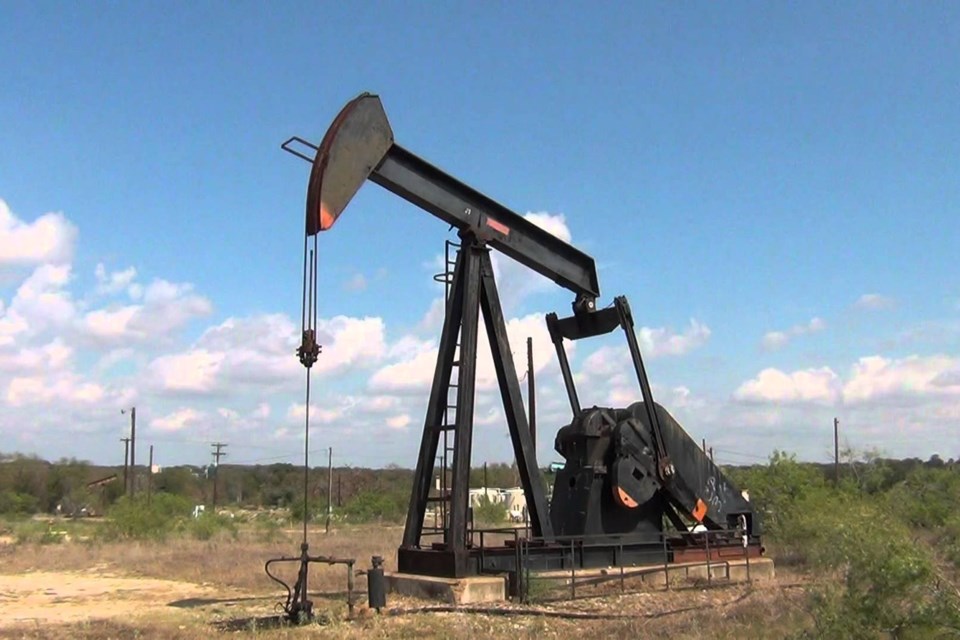People don’t just wake up one day and say, ‘Hey, we need a user-friendly website detailing the history of each and every oil and gas well on this continent since the first one was drilled in 1859 in Pennsylvania.’ Or do they?
“When I first set the goal, it seemed unattainable, I have to tell you,” admits Gehman. “I thought that’s crazy.” That was in 2013 but, eight years later, and with the history of 4.3 million wells in Canada and the United States now documented on WellWiki.org, it turns out maybe it wasn’t so crazy after all.
The fact that WellWiki was referenced as a source by the Washington Post in an article published during the Joe Biden/Donald Trump election campaign, in which the newspaper used the website to do some fact-checking about a claim Trump had made about fracking last year, has sort of made it all worthwhile.
“It made my day,” says Gehman. “I think it is becoming a resource that provides some use in a variety of ways, so I’m motivated to keep at it.”
Gehman first came up with the notion when he was working on his Ph.D. in, of all places, Pennsylvania. It was 2010, and he says a day would barely go by without him seeing something in the newspaper about fracking and it intrigued him. With no prior background in the oil and gas industry, he wanted to learn more and began looking into it and started collecting data from the Pennsylvania Department of Environmental Protection – the US version of the Alberta Energy Regulator. It didn’t take long before he had amassed a lot of data.
When he became a U of A faculty member in 2012 and was looking for research grants, one of questions centered around the public benefit of his work. It was at that point he came up with the idea of creating a website that would allow anyone to browse the information in a way that was easily accessible. His proof of concept was rolled out in 2013 with 200,000 wells featured.
“After doing that, I realized this is a valuable effort in its own right. Over the last eight years, I’ve continued to expand and update the site to the point that it has reached now, which is coverage of about 4.3 million wells across the United States and Canada.”
He’s not done it all himself, having made the most of university students who have found summer jobs in researching and updating the data continually through the years.
“It is great opportunity for them to work on a real live project, get paid, put their training to use, put something on their resume. Likewise, it furthers the pedagogical mission of the university which is not just to teach you in the classroom, but to give you outside of the classroom the skills and experience you’re going to need as well.”
Gehman’s ultimate goal is for the website to become the Wikipedia of wells. Once North America data is complete, he would like to do the same for wells in Europe. He came of age in the early days of the Internet when the mantra was ‘information wants to be free,’ and sees this project as being carried out with that in mind.
What WellWiki provides is a type of one-stop shopping experience where people can learn a lot about well sites, pinpoint where wells are located on specific tracts of land, who owns them, when they were permitted, when they were drilled, how they’ve produced, if they are still producing, shut-in, orphaned or if reclamation has taken place.
Hundreds of thousands of wells have been drilled on private and public land in Alberta. This website is seen as a tool for landowners to discover and identify oil and gas infrastructure near or on their property.
Although the Alberta Energy Regulator regulates the industry and provides numerous datasets pertaining to Alberta’s wells, this information can be difficult for many landowners and residents to find and generally is not formatted or aggregated in ways that make it easy for the general public to read.
“If you want to find out everything that a regulator knows about a single well, you have to download all the files and piece together lots of different information for lots of different files to get a complete picture of what’s going on with one well,” Gehman says. “What WellWiki allows you to do, because it is built on a big relational database, is pick across many, many different data files all the activities that we can see at a particular well. When was it permitted, when was it drilled, when did it go into production, how much has it produced, these kinds of things . . . I refer to it as the biography of a well – you can see all the events in its life.”
Research funding for the project has come from various sources including the Alberta Real Estate Foundation.
“If you’re involved in rural real estate transaction as a buyer or seller and there was some kind of history of oil and gas on the land, that would be the kind of history you’d want to know, so providing this information to the public in their estimation benefits the entire real estate industry in the province,” says Gehman.
Asked if there have been any surprises along the way, Gehman says he now has a better understanding of the role of industry regulators and why it is important to have third party sources of information like WellWiki.
“When I first started looking at this, I originally thought ‘gosh why aren’t regulators making the information available to the public in ways that are more useful for them?' But what I’ve now come to understand is that by law that actually is not their job or their responsibility. They are there to regulate the industry, not necessarily to make the information easy for you or me to find.”



